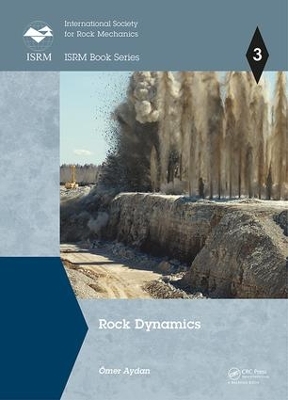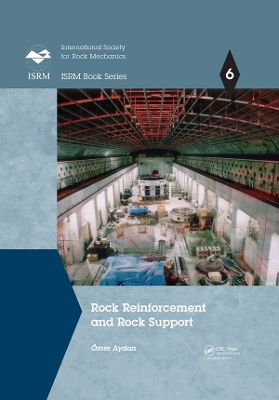ISRM Book
3 total works
Rock dynamics has become one of the most important topics in the field of rock mechanics and rock engineering. The spectrum of rock dynamics is very wide and it includes the failure of rocks, rock masses and rock engineering structures such as rockbursting, spalling, popping, collapse, toppling, sliding, blasting, non-destructive testing, geophysical explorations, science and engineering of rocks and impacts. The book specifically covers fundamentals of rock dynamics, constitutive models, numerical analysis techniques, dynamic testing procedures, the multi-parameter responses and motions of rocks during fracturing or slippage in laboratory experiments, earthquakes and their strong motion characteristics and their effect on various rock structures such as foundations, underground structures, slopes, dynamic simulation of loading and excavation, blasting and its positive utilization in rock engineering, the phenomenon of rockburst in rock excavations, non-destructive testing of rockbolts and rock anchors and impacts by meteors or projectiles. The main goal of this book is to present a unified and complete treatise on Rock Dynamics and to represent a milestone in advancing the knowledge in this field and in leading to new techniques for experiments, analytical and numerical modelling as well as monitoring of dynamics of rocks and rock engineering structures.
The stability of underground and surface geotechnical structures during and after excavation is of great concern as any kind of instability may result in damage to the environment as well as time-consuming high cost repair work. The forms of instability, their mechanisms and the conditions associated with them must be understood so that correct stabilisation of the structure through rock reinforcement and/or rock support can be undertaken.
Rock Reinforcement and Rock Support elucidates the reinforcement functions of rock bolts/rock anchors and support systems consisting of shotcrete, steel ribs and concrete liners and evaluates their reinforcement and supporting effects both qualitatively and quantitatively. It draws on the research activities and practices carried out by the author for more than three decades and has culminated in a most extensive up-to-date and a complete treatise on rock reinforcement and rock support.
This book is concerned with time-dependency in rock mechanics and rock engineering, whose spectrum is very wide. While the term “time-dependency” involves time-dependent behavior/rate-dependent behavior of rocks in a conventional sense, this books attempts to cover the spectrum as much as possible including coupled processes of thermal, hydrological and diffusions in rocks. It presents theoretical formulations, experiments, numerical formulation and examples of applications. Of paramount concern is the long-term response and stability of rock engineering structures, including for instance man-made and natural slopes and underground facilities such as tunnels and powerhouses.


